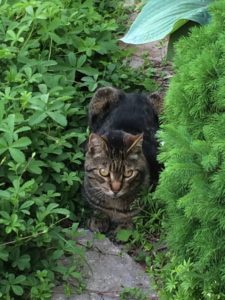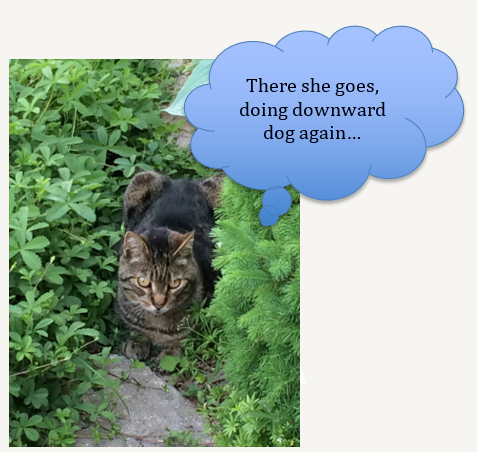I’ve never met Gord Downie. Never even been to a Tragically Hip concert. But watching Gord weave his magic at the band’s last concert in August–where, by some alchemy of love and creative energy, he gave it more than he had–made me want to give him something in return.
As a writer all I have is words, but words have power. When I taught school, the best gift I ever received was a thank you note. So to Gord Downie, who has been a teacher to thousands without ever stepping into a classroom, I want to say, “Thanks for making me a better writer.”
Because besides being a courageous soul who sings his heart out, Gord Downie is a gifted writer. His lyrics resonate with that giant ball of hopes and dreams and fears we call the human condition.
Take the song “Bobcaygeon” for instance. Gord manages to create a short story in four simple verses. Brilliant. We should all take notes. Here are six key lessons I learned:

1. Start in the middle of things. The song opens with a man leaving someone’s house. Whose house? He doesn’t say. Why is the time important? We don’t know. Hmmm, a mystery. He feels guilty about something, though, because he starts making excuses: “Could have been the Willie Nelson, Could have been the wine.”
2. Introduce the Main Character, but only Key Details. We know what our protagonist listens to, what he drinks, and his habit of making excuses. (That’s more important than what he looks like, in my opinion.) Notice there’s no backstory, just action and inner dialogue. That’s how it should be.
3. Show don’t tell, especially when it comes to emotion. The first verse ends with this gem: “I saw the constellations reveal themselves one star at a time.” Ah. We’ve all read enough Shakespeare to know that a man staring at the stars is in love. Note that love isn’t mentioned. Love is abstract–talking about abstract concepts doesn’t make us feel anything. The image of a man staring at the stars does.
4. Don’t stop the action to create setting and mood. In the next verse the mood changes. No more stargazing, no more Bobcaygeon–our main character goes back to bed, pulling down the blind on a sky that’s “dull, and hypothetical and falling one cloud at a time.” Talk about a downer. Once again, there is no direct mention of emotion. Instead we sense the mood through his simple act of pulling down the blind.
5. Don’t get bogged down with description. When it comes to description my motto is “Leave out the boring bits.” Gord has that down to a fine art. In verse three we find ourselves in Toronto. Our main character is riding horseback, keeping order during a demonstration. Or maybe a riot. Clearly he’s a policeman. A picture forms in our heads–no description necessary. There’s a confusing mix of images–a checkboard floor, a mic, Aryan voices. It’s a jumbled mess, which is exactly what a riot would be.
6. Have the ending reflect the beginning, but with a change. In the last verse we’re back in Bobcaygeon. Same time, same place–with a change. Our main character owns his feelings now: “Couldn’t get you off my mind.” He’s braver, bolder, no excuses. Once again, Gord doesn’t tell us this; he shows us through his character’s actions. Why does he remind us of the constellations at the end? Perhaps to reinforce the setting and the emotion. After all, this is a love song. Or perhaps to leave us with one iconic Canadian image–the northern sky at night.
Gord Downie was once quoted as saying “A great song’s greatest attribute is how it hints at more.” Do the same with your writing.

 If my cats, Jack and Suzy, wrote a book, it would be a bestseller. They have an intuitive understanding of plot (cat wants food and will do anything to get it) a therapist’s grasp of character (how to wake sleeping humans at 5 am) and a willingness to explore any setting (how did they get in there?)
If my cats, Jack and Suzy, wrote a book, it would be a bestseller. They have an intuitive understanding of plot (cat wants food and will do anything to get it) a therapist’s grasp of character (how to wake sleeping humans at 5 am) and a willingness to explore any setting (how did they get in there?)





